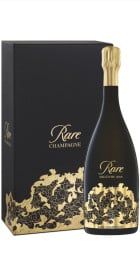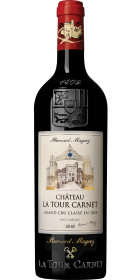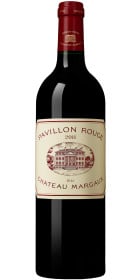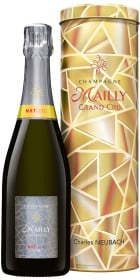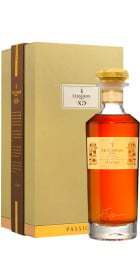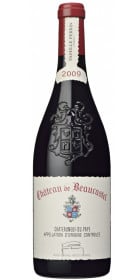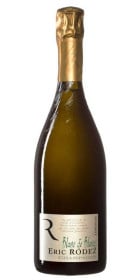
20€ coupon code for your first order by subscribing to our newsletter
Wine and spirits masterpieces to your doorstep

Secure packaging and transport insurance


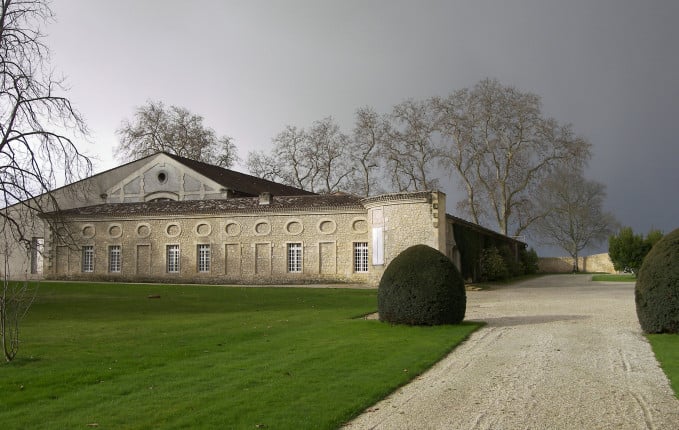
The Château d'Armailhac is one of the most famous Domaines in the Pauillac appellation. Having belonged to the d'Armailhacq family since the 18th century, it was awarded the title of Fifth Grand Cru Classé in the famous classification of Médoc wines for the Paris Universal Exhibition.
It was acquired by Baron Philippe de Rothschild in 1933, who named it "Mouton-Baron-Philippe". In 1975, when his daughter Baroness Philippine took over its management, it became "Mouton-Baronne-Philippe". Finally, she decided to restore its identity, permanently naming it Château d'Armailhac in 1991.
Located on gravel and clay-limestone soils, its vineyard covers 76 hectares of vines, of which 55% are Cabernet Sauvignon, 35% Merlot, 8% Cabernet franc and 2% Petit Verdot. The wines are aged for 18 months in French oak barrels, 50% of which are new.
The Château d'Armailhac is a wine that combines power and refinement, complexity and elegance, with a beautiful aromatic expression typical of Pauillac.
Mild and dry weather set in from the very start of 2022.
Abundant sunshine prevailed throughout the vine growth cycle, accompanied by several heatwaves.
There was little precipitation from spring until the end of harvest, though April showers and a spell of heavy rain in June regenerated water reserves in the soil.
The vines were able to take advantage of their deep roots to regulate their water supply and showed a great capacity to adapt to the exceptional weather patterns of the vintage.
In these hot and dry conditions, flowering took place 10 days earlier than the average: though rapid, it was perfectly even.
The advance on the growth cycle continued until harvest as the grapes ripened steadily in ideal conditions.
Picking started at the beginning of September and continued until the end of the month, with a crop in perfect health.
Although the hot weather meant that the grapes were rather small, they offered a degree of concentration and balance rarely encountered.
That quality was confirmed on tasting as the wines revealed incredible richness without losing any of their supreme elegance or the intense expression of their native terroir.

